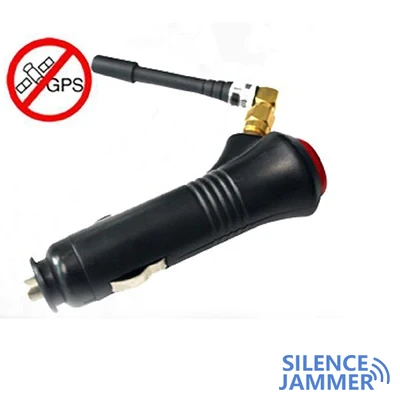The Global Positioning System (GPS) plays an important role in our daily lives, with applications ranging from navigation to time synchronization relying on GPS signals. However, the GPS signal is very weak and susceptible to various interferences and the Doppler effect. These interferences include man-made interference (such as signal jammer devices) and environmental interference (such as the impact of the atmosphere on the signal). In order to improve the accuracy and reliability of GPS signal acquisition, it is crucial to research and apply anti-jamming technology and Doppler prediction methods.

Interference issues in GPS signal acquisition
- Man-made interference: includes malicious signal jammers and unintentional radio transmitting equipment.
- Environmental interference: such as the attenuation of signals by the atmosphere and multipath effects.
- Internal interference: Electromagnetic noise and instability within the device.
- Impact of interference on GPS signals
Type of interference
Interference will make it difficult for the GPS receiver to capture and lock satellite signals, thereby affecting positioning accuracy. Strong interference may even cause a complete loss of signal, causing the device to not work properly.

Anti-interference technology
- Narrowband filtering
- Adaptive antenna array
- Interference identification and elimination
Narrowband filters can effectively suppress broadband noise and interference signals and only allow signals in specific frequency bands to pass, thereby improving the signal-to-noise ratio of GPS signals.
The adaptive antenna array adjusts the directionality and gain of the antenna to maximize the strength of received GPS signals while minimizing the impact of interfering signals. This technology is commonly used in military and high-precision navigation applications.
Utilizing advanced signal processing technology, interfering signals are identified and separated and eliminated from the received signal. For example, time-frequency analysis methods can simultaneously analyze signals in the time and frequency domains and identify the characteristics of interference.

Doppler effect and its prediction method
- Overview of Doppler Effect
- Doppler prediction method
- Forecast error correction
The Doppler effect is a shift in the frequency of the received signal due to relative motion between the satellite and receiver. This frequency offset needs to be compensated during the signal acquisition process, otherwise it will affect the positioning accuracy.
Static prediction: For stationary or slow-moving receivers, the Doppler shift can be estimated through historical data and simple motion models.
Dynamic estimation: For high-speed moving receivers, such as cars and airplanes, more complex motion models and real-time data need to be used to estimate the Doppler shift. Commonly used methods include Kalman filtering and extended Kalman filtering (EKF).
Prediction error correction is the key to improving Doppler prediction accuracy. Errors can be gradually reduced by constantly comparing actual measurements with predicted values and adjusting the parameters of the prediction model.

Practical application
- High-precision navigation
- Military applications
- Civilian and commercial applications
In high-precision navigation systems, such as drones and self-driving cars, anti-jamming technology and Doppler prediction methods work together to ensure signal stability and accuracy.
Military equipment needs to work in complex and harsh environments, and anti-interference technology is particularly important. Adaptive antenna arrays and Doppler prediction methods can greatly improve the reliability of navigation systems.
In civilian and commercial fields, such as smartphones and logistics tracking, the use of advanced anti-interference and Doppler prediction technology can improve positioning accuracy and user experience.
During the GPS signal acquisition process, anti-interference and Doppler prediction methods are the key to improving positioning accuracy and system reliability. By using technologies such as narrowband filtering, adaptive antenna array, time-frequency analysis, and Kalman filtering, interference can be effectively suppressed and Doppler frequency shift compensated, ensuring the stable operation of the GPS system in various environments. As technology continues to advance, these methods will be further optimized to provide more accurate and reliable positioning services for various applications.


